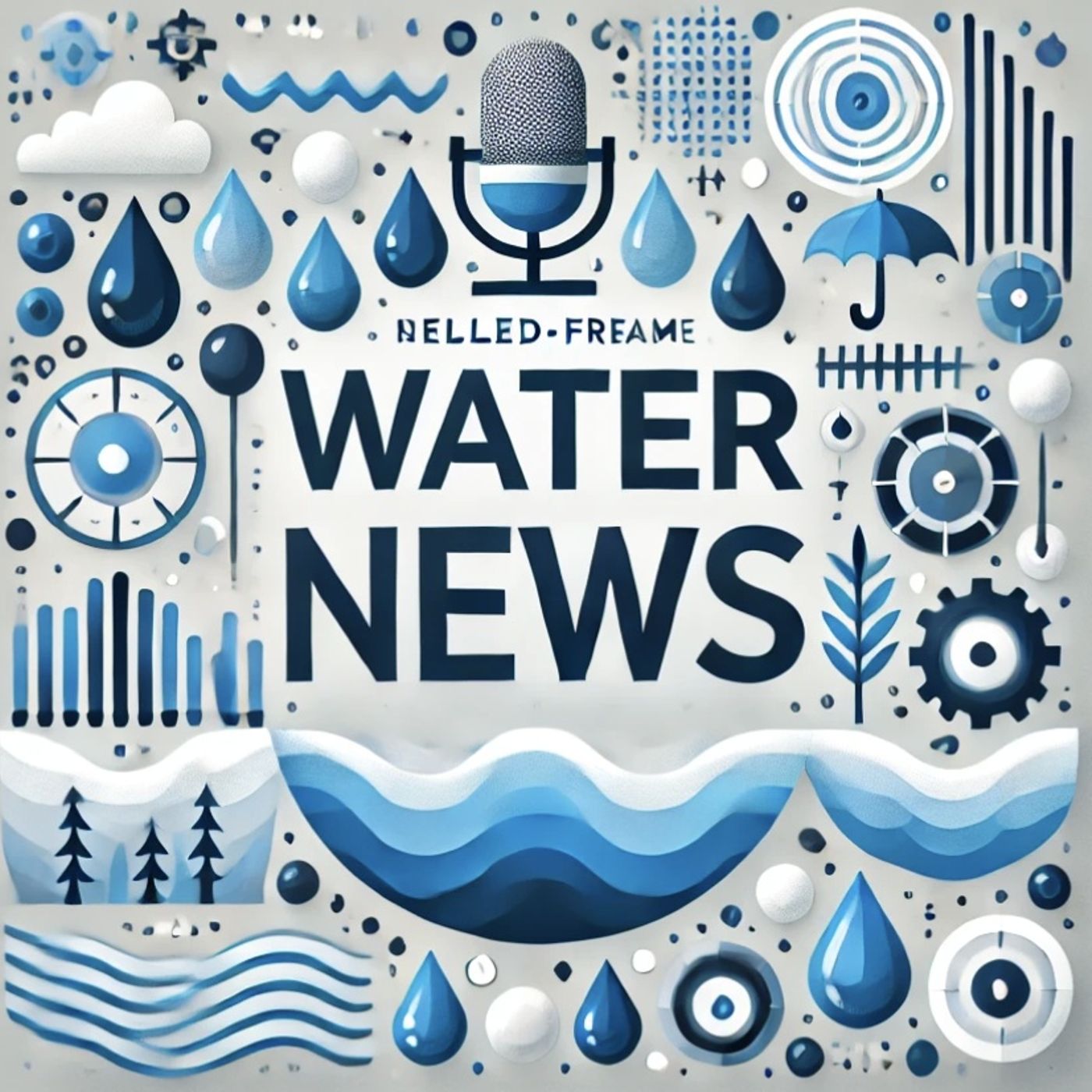Jan 08 2025 3 mins
The January 2025 issue of the Kansas Water Science Center (KSWSC) Quarterly Newsletter from the USGS opens with insightful news and updates on water research and management. January's edition emphasizes the proactive steps taken by the Kansas Water Science Center in data collection and analysis to address critical water issues in the state.
The KSWSC has been diligently monitoring water quality and availability as part of its ongoing mission to provide reliable, impartial scientific information. This is crucial, considering the historical drought challenges and increasing water demands within Kansas. The newsletter highlights a significant increase in collaborations with local agencies and stakeholders aimed at sustainable water resource management.
A key focus of this issue is the Deep Aquifers Project, which explores the potential of alternative water sources. Early findings suggest that Kansas’s deep aquifers could be a crucial supplement to existing water supplies, particularly in drought-prone regions. This could dramatically enhance agricultural resilience and urban water security.
Moreover, the newsletter reports advancements in hydrologic modeling, celebrating the successful integration of state-of-the-art technology to predict water flow patterns more accurately. This technology enables researchers to better understand the interactions between surface water and groundwater, which is essential for devising robust conservation strategies.
In addition, the KSWSC introduces its latest initiative, the Water Education Outreach Program. This program is tailored to engage communities, promote greater awareness of water conservation, and educate on the importance of protecting natural water bodies. Educational workshops are scheduled throughout the year, designed to foster community collaboration and encourage water stewardship.
As part of its ongoing commitment to science and transparency, the newsletter also provides access to recent data sets and findings, ensuring that stakeholders remain informed about the latest research outcomes. Data from these studies will be instrumental in guiding state water policies and initiatives.
Closing the issue, Director Jane Waters underscores the need for continuous research and adaptation in light of climate change and evolving ecological conditions. She praises the collective efforts of the KSWSC team and its partners in advancing water science and ensuring a sustainable water future for Kansas.
The January 2025 issue of the KSWSC Quarterly Newsletter from the USGS Kansas Water Science Center is more than just an update; it is a call to action for everyone in Kansas to recognize the importance of preserving our fundamental water resources and to join in the shared responsibility of safeguarding them for future generations.
The KSWSC has been diligently monitoring water quality and availability as part of its ongoing mission to provide reliable, impartial scientific information. This is crucial, considering the historical drought challenges and increasing water demands within Kansas. The newsletter highlights a significant increase in collaborations with local agencies and stakeholders aimed at sustainable water resource management.
A key focus of this issue is the Deep Aquifers Project, which explores the potential of alternative water sources. Early findings suggest that Kansas’s deep aquifers could be a crucial supplement to existing water supplies, particularly in drought-prone regions. This could dramatically enhance agricultural resilience and urban water security.
Moreover, the newsletter reports advancements in hydrologic modeling, celebrating the successful integration of state-of-the-art technology to predict water flow patterns more accurately. This technology enables researchers to better understand the interactions between surface water and groundwater, which is essential for devising robust conservation strategies.
In addition, the KSWSC introduces its latest initiative, the Water Education Outreach Program. This program is tailored to engage communities, promote greater awareness of water conservation, and educate on the importance of protecting natural water bodies. Educational workshops are scheduled throughout the year, designed to foster community collaboration and encourage water stewardship.
As part of its ongoing commitment to science and transparency, the newsletter also provides access to recent data sets and findings, ensuring that stakeholders remain informed about the latest research outcomes. Data from these studies will be instrumental in guiding state water policies and initiatives.
Closing the issue, Director Jane Waters underscores the need for continuous research and adaptation in light of climate change and evolving ecological conditions. She praises the collective efforts of the KSWSC team and its partners in advancing water science and ensuring a sustainable water future for Kansas.
The January 2025 issue of the KSWSC Quarterly Newsletter from the USGS Kansas Water Science Center is more than just an update; it is a call to action for everyone in Kansas to recognize the importance of preserving our fundamental water resources and to join in the shared responsibility of safeguarding them for future generations.
